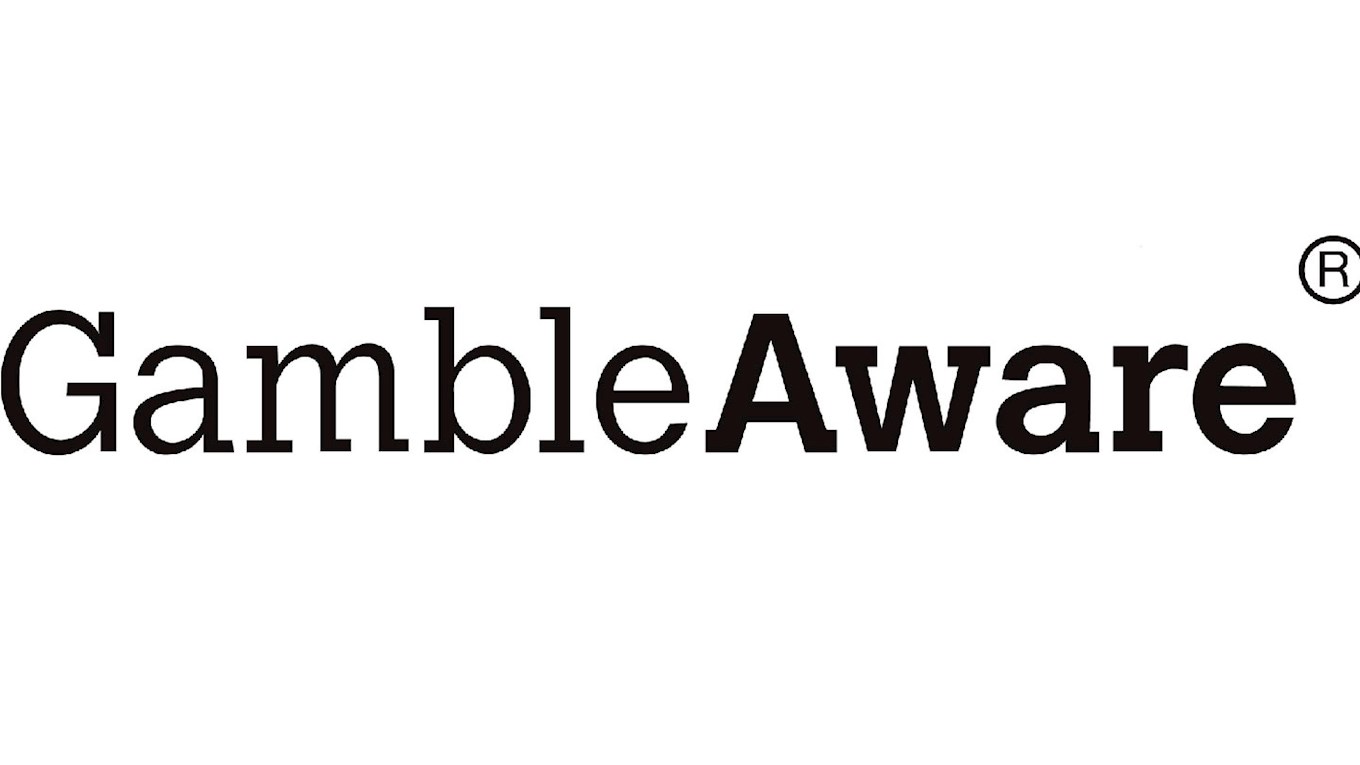To recap on our older article written almost 3 years ago called What is a Betting Bankroll? We’ve written an intensive guide in more detail to help beginners and also give more experienced bettors some great tips or reminders about betting bankrolls.
Bankroll management isn’t the most exciting topic when it comes to betting but it is something very necessary in order to make a sustainable and healthy profit without relying on beginners’ luck, ask any successful bettor or tipster and they’ll tell you that having a bankroll really sets the foundation of your betting career and its trajectory.
Margins in sports betting are commonly thin and the difference between winning and losing money is typically a few percentage points from 50, betting can therefore go either way and you as a serious bettor need to be prepared for that. To make a profit you will approximately need to win 55% of your stakes.
With that in mind, properly managing your bankroll is arguably the most important skill.
What is bankroll management?
A betting bankroll is your pot of money before you begin betting. This is an allocated amount of money you have set aside, sort of like a budget, specifically for placing bets with!
To separate this money, some people open an account or store it in their bookmaker account. This is where all the funds for your bets will be taken out.
Because of this, we advise that you separate these funds from any personal finances as you should never risk more than you can afford to lose!
Managing your bankroll separately from your personal finances is crucial for multiple reasons
- Increased measurability – You can see how much you’re up or down easily as there are no personal finances and incomes mixed in with your bankroll
- Better risk management – As you are not relying on your salary to fund your bets. You are more responsible as you know these funds can go up and down. This will make you think twice before taking emotional bets
You need to look at beating the sportsbooks as a long-term process. Given the slim margins, short term variance can put a dent in your bankroll if you’re too aggressive. It is only over a long period of time that you can sustainably make a profit and to survive the long-term, you’ll need to make sure you don’t put a hole in your wallet in just a couple of weeks.
How much should you bet on each game?
Ideally, if you had a healthy bankroll, it would be great to comfortably wager around 1% on each bet.
But of course, this approach isn’t the most practical for bettors who are just starting out.
If you start with a bankroll of £1,000 — which is not an insignificant amount of money — 1% works out to just £10 per bet.
Being more aggressive with a smaller bankroll is fine, but we wouldn’t recommend moving your bet size above 5% of your total bankroll. Anything more than that is simply too risky.
View our staking plan at no1tipsterpremium.com/faq which gives you a visual guide of our recommended stake sizes per sport
A good medium is probably around 2.5%.
Whether you decide to go with 1%, 5%, or somewhere in between, that amount would be considered your standard stake size.
It should go without saying that you don’t necessarily have to bet the same amount on each game. There are a variety of different strategies that can be incorporated into your sports betting profile.
Flat betting model
This is the simplest bankroll management strategy and the safest over the long run. The only thing it entails is setting your default stake size and then betting exactly the same for each and every bet. Your recent betting form, your confidence level, and the odds do not matter in this process.
The biggest upside to this method is that it will preserve your bankroll while still ensuring profitability if you’re picking winners at a greater rate than the break-even point.
One thing to keep in mind is that you’ll need to periodically review your bankroll using this method. If you are up or down a solid handful of bets, you should consider increasing or decreasing your default stake size to reflect your updated bankroll.
Percentage model
The percentage model is similar to the flat betting model. The only real difference is that instead of setting a stake size in advance, your stake size is going to be determined by your bankroll. The numbers should be very similar in the beginning, but your stake size is going to move a lot faster than in the flat model.
For example, Let’s look at a hypothetical £1,000 starting bankroll. If you want your standard stake to be 2.5%, your first bet is going to be £25 in both the flat bet and percentage models. After that is where things start to change. If you win your first bet, your bankroll will increase to £1,025. That means 2.5% will now be £25.63 for your next wager.
The big pro to this sports betting strategy is that it allows you to take advantage of your winning streaks. You’re increasing your bet in a responsible manner after each successful wager, which allows you to post a greater return on investment during your upswings.
The downside is that it can be harder to dig yourself out of a hole. If your bankroll dips below your initial starting point, your stake size is going to decrease. Overall, this makes the timing of your win streaks more important than in the fixed-stake model. That extra variance makes this a slightly higher risk strategy overall.
Confidence model
The confidence model allows for you to increase your bet size in games where you feel more confident. Your standard wager should still be your default stake size, but you can increase your bet size to two or three times your stake size on occasion. Increasing your stake size any higher than that is not recommended until you have demonstrated an ability to win your most confident bets consistently.
It’s best to take this model for a test drive before you fully commit to it. Luckily, that’s pretty easy to accomplish. When you’re tracking your bets in a spreadsheet — which is something you should be doing regardless of your betting model — start tracking how confident you feel on each wager using a scale of 1-3. Even if you are betting the same stake size for each wager to begin with, you can see your record for each stake size. If your most confident plays have a significantly better record than your less confident plays, increasing your stake size in those situations makes a lot of sense.
Tracking your results
Tracking your results is extremely important regardless of which bankroll management system you ultimately decide to employ. Knowledge is power, and tracking your results is going to give you the knowledge you need to audit your performance.
Are there certain sports you’re crushing and others that are killing your bankroll? Are your confidence levels in line with your results? Are you better at spread bets or over/unders? All of this data can be easily ascertained by tracking your results.
You can easily create a spreadsheet to track this data or use an app!
Importance of bankroll management
So why go through all this trouble? In addition to the obvious reason that you can’t bet on sports if you lose all your money, there are some important psychological factors to consider.
Losing Streaks
Dealing with losing streaks is extremely tough for even the most seasoned sports bettor. Even if you’ve found success in the past, it’s difficult to stay disciplined when the losses start to pile up. It’s human nature to try to “chase your losses”, which is why the betting handle for Sunday and Monday night football is often significantly higher than the betting handles for the Sunday afternoon games. If people have lost during the day, they want to get out of that hole as quickly as possible.
This is the definition of a bad process and is a good way to blow through your entire bankroll. Employing sound bankroll management is the easiest way to ensure you aren’t chasing your losses and you can live to fight another day.
The same is true when you’re on a winning streak. You can feel invincible in those situations, which can lead to poor decision making. You are certainly allowed to increase your bet amount when you’re on a roll, just make sure you’re doing it in a responsible manner.
Read more about how not to chase your losses here
Gambling addiction
This is a very serious topic that deserves your full attention. If you feel that you have a gambling problem, there are plenty of resources to consult.
If you’re just dipping your toe into the sports betting waters, proper bankroll management can help to ensure that it stays a hobby. You can get into a lot of trouble if your sports betting gets out of hand so, if you are unable to stick to your set limits, you’re better off quitting before you get in too deep.
Read more about gambling addiction here
Conclusion
Bankroll management is one of the most important aspects of being a successful sports bettor. It ensures that you are protecting your bankroll over the long term, which is where winning sports bettors will ultimately see profits. Setting a proper stake size is the first step toward good bankroll management, but there are certain betting methods that will allow you to increase your bet size depending on your confidence level. Finally, make sure to track your results so that you can identify which areas you excel at and where you need to improve.
If you can do all of that successfully — as well as accurately handicap games — your bankroll should steadily increase over time.
Don’t store all your bankroll into one bookmaker account. You should always have the flexibility to quickly deposit and withdraw from multiple bookies to get the best prices.
We recommend using e-wallets like PayPal or a separate bank account.
To summarise, use the bankroll method to improve your success, risk management and so that you make more sensible decisions.
Remember that you should only risk what you can afford to lose!
Using a bankroll also helps you measure your performance much easier.

